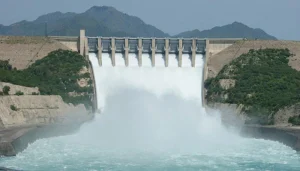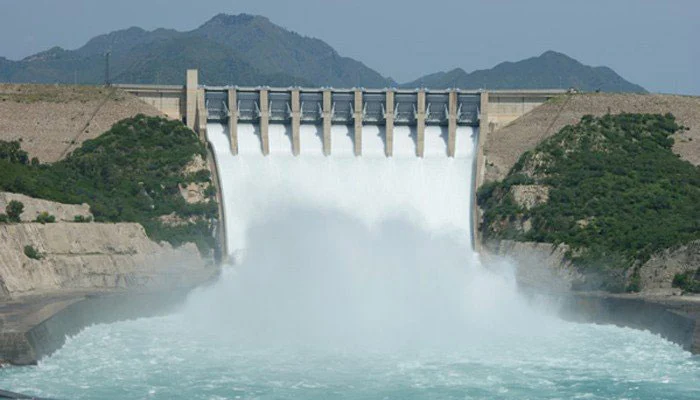Pakistan faces a growing threat of energy and agricultural disruption as the Tarbela Dam water crisis worsens. Water levels at one of the country’s most critical reservoirs have dropped dangerously low due to an ongoing dry spell, sparking concerns over power generation and irrigation shortfalls.
As of now, the dam’s water level stands at 1,450.85 feet, just 48 feet above the critical dead level of 1,402 feet. Compared to the dam’s maximum capacity of 1,550 feet, current levels show a massive deficit of nearly 100 feet, indicating a worrying decline in reservoir storage.
Power Generation Severely Affected
While all 17 power generation units at Tarbela remain technically operational, the electricity output has plummeted. According to official sources, the dam is currently producing only 1,413 megawatts, a sharp fall from its full capacity of 4,888 megawatts.
A senior spokesperson at the dam stated, “The limited water inflow has forced us to reduce generation significantly. If the dry weather continues, we may face a deeper crisis.” The situation has placed pressure on the national grid, which already struggles to meet growing summer demand.
Inflows and Outflows Add Pressure
Current figures show an inflow of 177,400 cusecs and an outflow of 151,800 cusecs, suggesting that although some water is being stored, it is far from sufficient. Ministry of Energy officials warn that if rainfall does not improve, the dam could soon approach critical levels.
This condition would not only worsen power shortages but also disrupt water availability for irrigation, directly impacting crops in Punjab and Sindh—two provinces that heavily rely on water from Tarbela for their agricultural output.
Experts Raise Red Flags
Energy and climate experts are sounding alarms over the implications of the ongoing water scarcity. “We’re staring at a dual crisis—energy and agriculture—if the weather remains dry,” one ministry official commented. The lack of consistent rainfall is not only affecting water levels but also delaying sowing seasons for farmers who depend on regulated irrigation.
The Indus River System Authority (IRSA) is reportedly monitoring the situation closely, ready to issue new water management guidelines if the crisis escalates further.
Call for Rain and Policy Action
As the monsoon season approaches, all eyes are on weather forecasts. However, even timely rains may not be enough to restore reservoir levels to optimal ranges in the short term. Experts urge the government to develop a sustainable water conservation strategy, improve watershed management, and diversify energy sources to reduce reliance on hydroelectric power alone.

